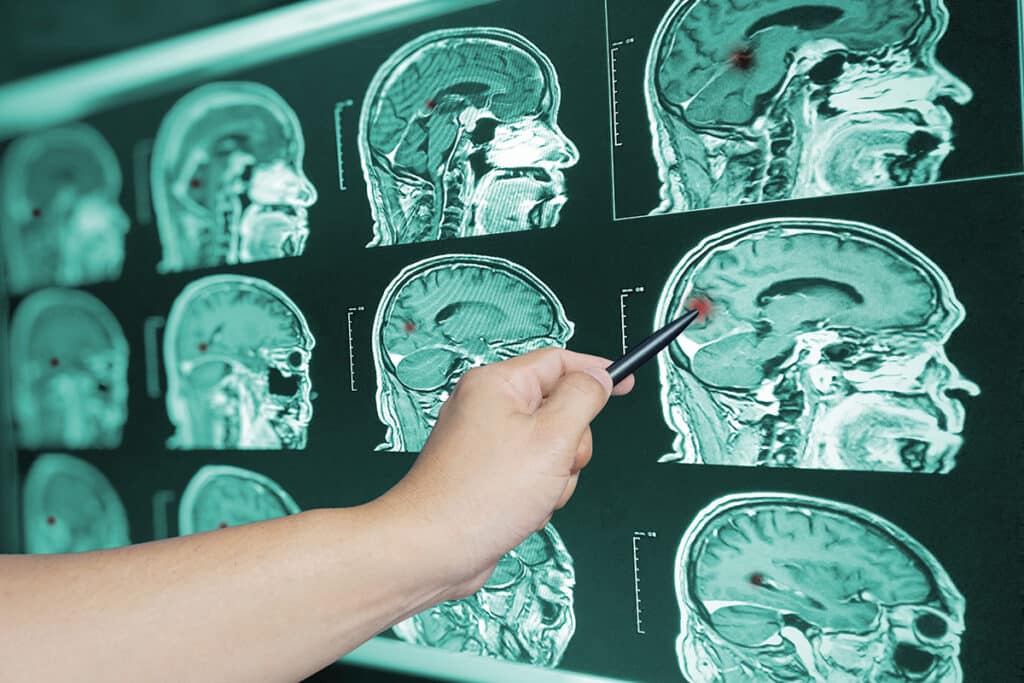The start of a new year always reminds us of the importance of staying active and healthy.
Individuals of all ages can benefit from daily physical activity, but for seniors, it is particularly important. Even if for a short period of time, staying active can build overall strength for participation in other daily routine activities that may not come so easily as they once did. The following are tips for staying healthy in your old age shared by a senior who has maintained an active lifestyle for 22 years.

At almost 95, Rosemary Kolwaski makes sure she gets her physical activity in because for her, staying strong and active is what allows her to pursue her passion of assisting nonprofits. Twice a week for one hour she meets at the local Y with her certified personal trainer, Lisa Cuellar, who assists her in strength training, functional movement training for daily life activities, and balance. When asked what she enjoyed about her training she emphatically replied with, “I enjoy none of it,” but admits she must do it in order to maintain a vibrant quality of life. For her the rewards reaped far outweigh the negatives, because the motivating factor behind it all is that she enjoys what she does — meeting people and attending events for her work with nonprofits. Exercising twice a week helps to keep her moving everyday. And in today’s day and age many seniors are living well into their 70s, 80s, and 90s like Kowalski, and they want to be able to stay involved and participate, whether it be in any regular daily activity or just keeping up with the grandkids.
Number one and most important is It’s Never Too Late To Start. Kowalski and her fitness regiment are the perfect example as she explained how she has been working out for a little over 20 years which sounds like, and is a long time, but when compared to her age that means she began around the age of 70. And that is perfectly ok, because all that matters is to just get out there and do it, get started.
Attitude is Every Thing. Don’t use age as an excuse, or say “I’m too old.” Kowalski explained how you should never use the word “retired.” Take it out of your vocabulary and use the word “recycle.” Another advantage of making exercise part of your routine is the feeling of independence gained from it.
Start Out Simple. Many may not be able to work out one-on-one with a trainer, but even just stepping out your front door for a simple walk is a start. And if you can find a friend to do it with, it makes it easier to make plans to get out there and get moving. Try to Find An Activity You Enjoy. Kowalski admitted to not liking it, but she does it because what she enjoys about it is how much it helps her carry out her daily activities and “go, go, go” schedule. Her trainer also shared specific types of exercises that can be beneficial, such as cardio for your heart and lungs, stretching, and balance.
A big thing to remember is Don’t Give Up especially for those who are just starting out with a physical fitness routine, because it not only helps with your physical health, but also contributes to your overall mental health as well. Having a physical routine in place is beneficial in many ways giving you the power to get up, knowing you have something to do and using different parts of your brain in the process.
Lastly, to go along with the mind and your brainpower, Use It Don’t Lose It. Exercises for your brain also help to create and maintain a healthy outlook. Finding ways to learn something new or creating friendships can make a difference as well. Kowalski understands some individuals may not have transportation to get around, but learning to use the rideshare program Uber could not only get you where you need to go, but could teach you how to use technology to your advantage. She also explained how easy it could be to make new friends if you put yourself out there. Years ago both she and a girl of 16 were waiting to be picked up from an event. As they got to talking they enjoyed each other’s company in those brief minutes. They decided to exchange addresses and became pen pals to this day. Her interaction with this young lady provides independence like she mentioned above and a sense of purpose, a contribution.
As Kowalski shows, no matter your age or what you choose to do big or small, staying on the move can help in more ways than one.
If family members are nearby and available it is also beneficial to have their help, especially if it comes from adult children. Respect for one another and meeting halfway to do what is needed to maintain a good quality of life can go a long way.
By Jennifer O’Neill




